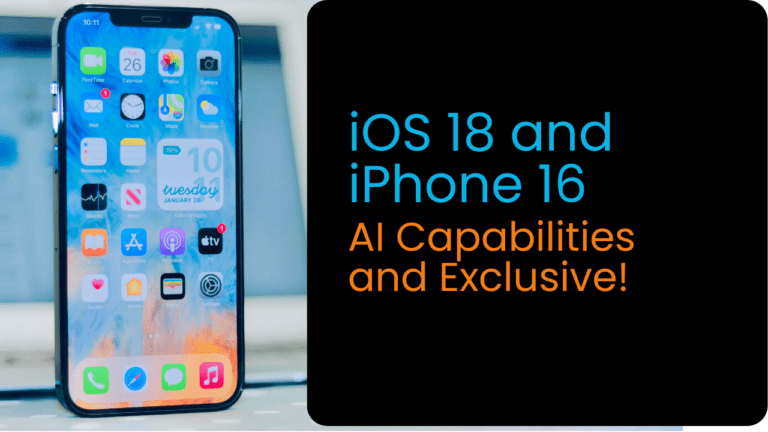Evolution of E-commerce – Where is Online Shopping Headed?

E-commerce has come a long way from its humble beginnings in the early 1990s as a novel curiosity to today accounting for over 18% of total U.S. retail sales.
As we look ahead, innovations in technology, logistics, and consumer behaviors will redefine commerce even beyond conventional online shopping as we know it. Understanding upcoming shifts in the digital retail landscape will help retailers and shoppers alike adapt to achieve success.
Next-Generation Social Commerce Emerges
The intersection of social media and shopping continues to reshape e-commerce as influence marketing gives way to direct selling functionality natively within popular platforms like Instagram, TikTok, and more on the horizon.
Streamlined checkout linking and shoppable video posts simplify buying coveted items spotted on brand pages or influencer accounts. Similarly, livestream shopping allowing real-time viewer purchases may see breakthroughs in Western markets after gaining enormous traction in China.
These social commerce advancements help smaller niche brands rapidly scale to broader reach while drawing in social-native digital generations.
As social platforms grow smarter recommendations through customer data and interactions, the level of personalized curation could achieve astonishing accuracy in predicting shopping wishes for better or worse as privacy questions arise.
Nonetheless, the power of social environments and recommendations will disrupt online shopping paradigms again by 2025.
Voice Shopping Finds Killer Apps
Early experiments in voice commerce have underwhelmed so far, but the continued expansion of voice assistants into homes along with advancements in conversational AI and content delivery hold promise.
As smart speakers and screens reach critical household density fueled by tech giants, shopping use cases via conversational commands gain adoption.
More crucially, innovators may uncover ideal purchasing scenarios catered to voice-centric discovery and re-ordering southern as household supplies, grocery staples, or one-tap item suggestions exposed during activities detected on connected IoT systems.
Once hardware improves context awareness and frictionless authentication for purchases tied to user profiles, asking a speaker to “order more dishwasher detergent” proves quicker than pulling out phones to re-purchase routine essentials.
While voice shopping may just supplement conventional e-commerce, its unique capabilities of upgrading simple reorder could make it a rising retail channel by 2024.
AR/VR Commerce Immerses Online Shoppers
Long-envisioned virtual and augmented reality (AR/VR) retail applications will finally gain steam by 2025 as equipment costs lower and 5G infrastructure enables real-time renderings.
Shoppers can virtually navigate interactive product displays, view AR overlays of furniture in their home’s dimensions, and customize looks on lifelike 3D avatars before buying items never physically touched. Dedicating retail space to showcase digital worlds has the potential to augment e-commerce even for physical stores rather than just drain revenue.
However, making virtual shopping intuitive and enjoyable still possesses technical challenges that need to be overcome across visual quality, motion precision, and ideal presentation formats. Until then more narrow AR uses for visualization, customization, and context aid online purchases.
As VR hardware ownership expands and innovative startups refine applications, immersive commerce could soar helping many product categories once dependent on in-store experiences.
Autonomous Delivery Accelerates
Orders could be whisked to homes almost instantaneously by self-driving vehicles and sidewalk robots by 2025 pending approvals. Autonomous delivery pilots initiated by companies like Nuro, FedEx, and Amazon signal enthusiasm around transport innovation even influencing urban planning blueprints placing distribution hubs framing city radii for faster dispersal.
New models like automated convenience stores or urban fulfillment centers staffed by robots package eCommerce orders derived from app purchases for walkable collection moments later without relying solely upon delivery drivers.
Removing the human driver speeds conveyance, lowers costs, and lightens environmental impacts for the final mile of delivery historically most stifled by traffic constraints. But even routing optimization algorithms and remote oversight ensure full autonomous delivery cannot entirely replace human judgment, testing boundary use cases to start while insurance regulations adapt.
Regardless, expedited shipping opens e-commerce access and convenience to heights once unfathomed over the coming years.
The Future Looks Bright for E-commerce Innovation
From social integration to conversational devices and immersive digital environments, online shopping in 2025 may operate nearly unrecognizable compared to its current form.
But at its core, e-commerce still succeeds by understanding consumer motivations and pain points and then leveraging technology to alleviate friction while elevating satisfaction.
The optimism rests in believing future innovation aims to similarly enable individuals’ goals rather than undermine them through exploitation or deception.
If inventors keep customers at the heart of solutions, retail can flourish across platforms and channels while moving the broader economy upward through the conveniences technology enables when applied for collective benefit.
Read More:






